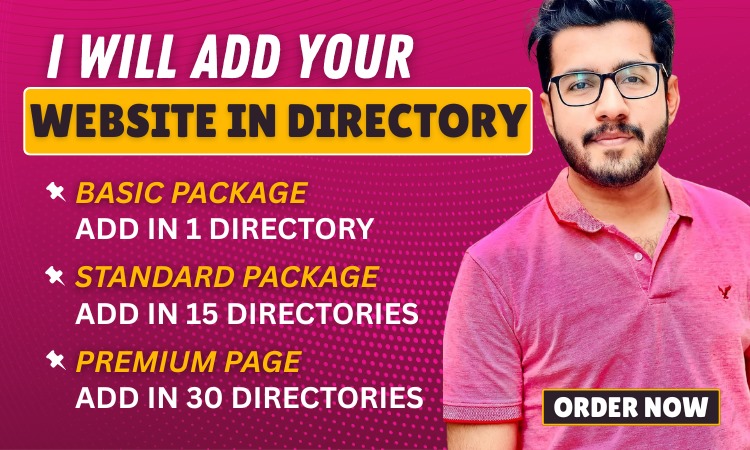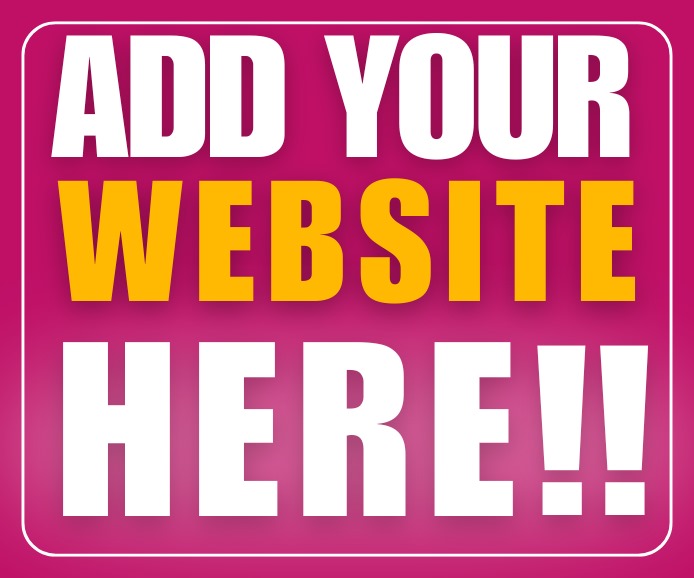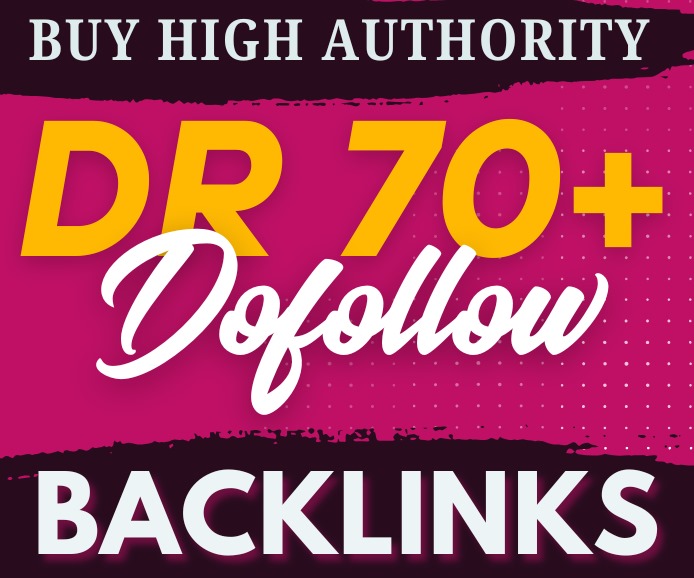Ever wonder why some products go viral while others flop fast? It’s not always the technology or budget—it’s the execution. A product design consultancy is the secret ingredient that transforms a sketch into a standout product that resonates. Whether you’re a solo inventor, a scrappy startup, or a seasoned business, partnering with the right design consultancy can mean the difference between obscurity and success.
What Exactly Is a Product Design Consultancy?
In essence, a product design consultancy is a team of creative thinkers, engineers, researchers, and strategists who collaborate to bring physical or digital products to life. They handle everything from user insights and ideation to prototyping, testing, and manufacturable designs. They’re your external innovation engine, plugging directly into your vision to deliver tangible results.
Why Product Design Is a Game‑Changer in Today’s Market
Think of your product as a story. If it doesn’t feel engaging, look appealing, or solve a real problem, people scroll right past. Great design blends form and function seamlessly. It’s intuitive, memorable, and emotional. When invested in early, design can save money, reduce returns, and boost customer loyalty—making it more than just decoration, it’s strategic.
Key Services Product Design Consultancies Provide
User Research and Market Analysis
A standout product starts with real insight. Consultancies dig into what users really want, what competitors are doing, and where the market is headed. This foundation prevents you from building something irrelevant or outdated.
Ideation and Concept Sketching
From whiteboard scribbles to digital mockups, they generate multiple concepts and explore the ‘what if’ territory so you can compare and choose the best path forward.
Industrial Design and Aesthetics
Here is where beauty meets usability. Designers fine-tune shape, texture, color, and ergonomics so your product both feels and functions naturally in the user’s hand.
Engineering and Technical Development
Once the concept is locked, engineers make it function. They tackle mechanics, electronics, software interfaces, materials, durability—all ensuring your vision works in the real world.
Prototype Creation and Usability Testing
Prototypes are built and put to the test. User feedback, stress tests, and real-world trials help surface issues early, so you can refine quickly and confidently.
Design For Manufacture (DFM) and Cost Optimization
This stage ensures your product isn’t just well-designed; it’s cost-efficient to produce. Materials, assembly methods, tolerances—they fine-tune everything to minimize cost without sacrificing quality.
Supplier and Manufacturing Coordination
Some consultancies help you find and vet suppliers, assist with tooling or injection molding, and oversee early production runs to ensure quality and consistency.
Top Benefits of Working with a Product Design Consultancy
Access to Expert Talent
No need to hire multiple specialists. A consultancy provides instant access to experience across design, engineering, research, and management.
Reduced Time to Market
Because they’ve done this before, consultancies streamline the process. That means you iterate faster and launch sooner—boasting a real competitive edge.
Lower Risk of Failure
From UX missteps to production snafus, early-stage research and testing help you avoid pitfalls that could derail your launch or burn your budget.
Innovative Thinking
Working across industries, consultancies bring fresh ideas to the table. Often they spot opportunities or solutions you wouldn’t see in-house.
Flexibility and Project Scalability
Need a full-service partnership or just help with a single phase? Consultancies adapt to your needs—no long-term commitment required.
When Is the Right Time to Hire a Product Design Consultancy?
At the Concept Stage
Early involvement ensures every element—design, usability, manufacturability—is aligned from the start. That saves time and cost down the road.
After a Prototype Isn’t Working
If your initial prototype fails user tests or is too expensive to make, a consultancy can diagnose the issues and rebuild smarter.
When Scaling Up Production
If you’ve nailed the design but need help preparing for factory-level production, consultancy-led DFM and production guidance is invaluable.
During Rebranding or Refresh
A consultancy can modernize aging products, injecting new features, ergonomics, or aesthetics to match evolved brand identity or user expectations.
Which Industries Benefit Most from Product Design Consultancies?
Consumer Electronics and Wearables
Devices need to perform flawlessly and delight users visually and tactilely. Consultancies bring polish to both design and functionality.
Medical Devices and Healthcare Products
User safety, regulatory compliance, and intuitive use are essential. Design consultancies specialize in building safe, user-friendly medical products.
Home Goods and Appliances
People expect durability, ease-of-use, and style. From kitchen gadgets to personal tech, consultancies design products that feel thoughtful and valuable.
Industrial Tools and B2B Equipment
Even rugged, professional tools can benefit from smart ergonomics and efficiency. Consultancies design products that improve workflow and reduce user fatigue.
Mistakes to Avoid When Working with a Product Design Consultancy
Skipping Discovery or Research Phase
Omitting user research is like building with your eyes closed. Always start with a solid understanding of user needs and market context.
Micromanaging the Creative Process
Trust their expertise. Be involved, but avoid stifling creativity by overstepping into every fine decision.
Underestimating Manufacturing Constraints
If manufacturability isn’t considered early, you risk redesigning costly elements later. Always integrate DFM early in the project.
Changing Scope Mid‑Project Without Reassessment
Scope creep can derail timelines and budgets. If goals shift, pause and realign priorities, timelines, and costs before proceeding.
How to Choose the Right Product Design Consultancy for Your Project
Review Their Portfolio and Case Studies
Look for work in your industry or similar complexity. Real-world results and success stories matter more than pretty images.
Ask About Their End‑to‑End Process
You should understand what happens during each phase, who’s involved, and how feedback and revisions are managed.
Check Team Expertise
Make sure the people working on your product have relevant credentials—industrial designers, mechanical or electrical engineers, UX/UI experts, project managers.
Values and Communication Fit
You want a partner who listens, responds promptly, and shares your vision. Chemistry matters for smooth collaboration.
Clarify Ownership Terms
IP matters. Confirm upfront that all design rights transfer to you upon project completion to avoid future complications.
Why Oxford Product Design Shines as a Product Design Consultancy
Oxford Product Design is a UK-based consultancy that has built standout products across consumer, industrial, and medical sectors. They offer full-service capabilities—research, concept, industrial and mechanical design, prototyping, electronic systems design, and manufacturing support. Their advantage lies in solving tough technical challenges with elegance and efficiency, while ensuring users feel understood and products perform reliably. Their portfolio is full of stories where design met real-world needs—and drove business results.
Conclusion
Brand-new product ideas are exciting—but success demands more than ideas. A product design consultancy turns vision into product via research, creativity, engineering, and testing. They help you navigate complexity, reduce risk, and deliver something people actually want. So if you’re dreaming big and aiming for real impact, bring in the experts who can bring your vision to life.
FAQs
1. What’s the typical timeline for a product design consultancy project?
Depending on complexity, expect a full product development timeline of 4 to 9 months from initial concept to production-ready design.
2. Can a consultancy help with patent documentation and IP?
Yes! Many consultancies assist with patent-friendly designs and can coordinate with IP lawyers to document your invention properly.
3. How much should a startup budget for hiring a product design consultancy?
Costs range from $10,000 to over $100,000 depending on scope, industry, and deliverables. Some offer phased or scaled pricing for early-stage clients.
4. Do I need to come in with a refined idea?
Not at all. Consultancies excel at shaping rough ideas or solving undefined problems using structured discovery and ideation.
5. What happens if the product fails user testing?
That’s exactly when consultancies shine. They iterate, refine, or pivot based on real feedback until the product resonates and works.




